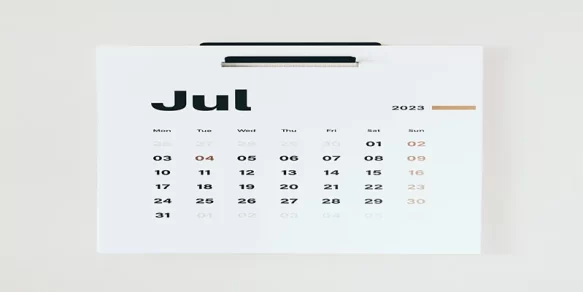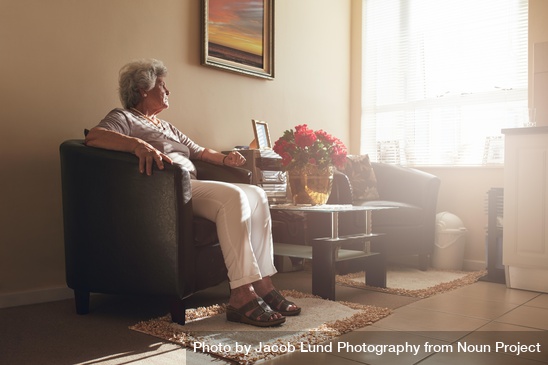When your family gathers over the festive season, it might present an opportunity to start planning for future care needs.
Christmas is a time for families and the New Year is for resolutions. This year, combine the two by making a resolution to pay more attention to how your older parents are coping and start family conversations to develop a plan for future care and support.
You may have been busy through the year and not noticed the small things. But how well parents are coping may become more obvious when you have time to catch up with family over the festive season.
You might not want to face that your parents are getting older and may need help. If you are the older person, asking for help does not have to be the start of a slippery slope. Rather, it might be the first step to having greater control over your future independence and reduce some of the daily strain on yourself and other family members.
It might be time for a family meeting
Planning is the key. And planning early gives the best outcomes.
Retirement plans should consider how to manage the frailty risk that might be experienced in the later stages of retirement. Bringing family into the conversation may help to minimise conflicts within your family and help everyone be comfortable with decisions that need to be made.
Families getting together at Christmas, might offer one of the rare opportunities within a busy year to hold a family meeting. For the older parent, this offers the chance to make yourself heard and express your wishes. For the children, it can help to remove uncertainty and share the responsibilities. These discussions are more effective if they are started early, while parents are still able to maintain control and independence.
A well-run family meeting can allow parents, children and other important family members to discuss issues and preferences, express concerns and make decisions that work for the family as a whole.
If thought of this discussion fills you with dread, we can offer support and independent financial advice. We inject a neutral voice and experience into what can be an emotional discussion.
Tips for starting a conversation
Some tips for families to consider over the festive season include:
- Be observant for signs that parents may not be coping
- Compare observations with other family members
- Talk to your parents about their future plans, concerns and living arrangement options
- Start researching aged care options (including home care) and understand the costs
- Check that enduring power of attorney documents and wills are in place and still relevant – seek legal advice to review and update documents
- And, if care is needed now, contact myagedcare.gov.au to arrange an assessment.
Make an appointment to discuss options and actions needed to be taken. Call us on 1300 451 339.
IMPORTANT INFORMATION: This document has been prepared by Periapt Advisory Pty Ltd, ABN 67 648 208 253 AFSL 542418, based on our understanding of the relevant legislation at the time of writing. The information is of a general nature only and has been prepared without consideration of any particular individual’s objectives, financial situation, or needs. Before making any decisions, we recommend you consider independent financial advice.
Current at 14 November 2023










